The economic history of Liège, Belgium, is rich and diverse, shaped by its strategic location, natural resources, and historical events. Liège has a long and storied history, and its economic development has gone through various phases.
Vectormap.Net provide you with the most accurate and up-to-date vector maps in Adobe Illustrator, PDF and other formats, designed for editing and printing. Please read the vector map descriptions carefully.
Here is a brief overview:
- Medieval and Early Modern Periods (9th-18th centuries):
- Metallurgy and Manufacturing: Liège’s economic prosperity can be traced back to the Middle Ages when it became a center for metallurgy, particularly iron and steel production. The region’s abundant forests provided the necessary charcoal for smelting, and its rivers facilitated transportation and trade.
- Guilds and Trade: The city was known for its guilds, which played a crucial role in regulating and organizing various industries. Trade routes passing through Liège connected it to major European cities, contributing to its economic importance.
- Industrial Revolution (19th century):
- Coal and Steel Industry: The 19th century saw the rise of the coal and steel industries in Liège. The discovery of coal mines in the nearby regions fueled the growth of heavy industry. Liège became one of the leading industrial centers in Europe, known for its steel production and manufacturing.
- World Wars and Post-War Reconstruction (20th century):
- Impact of Wars: Liège, like many other European cities, faced significant challenges during the World Wars. The region suffered damage and economic disruption, particularly during the Battle of Liège in World War I and the Battle of the Bulge in World War II.
- Post-War Reconstruction: After the wars, there was a period of reconstruction and economic recovery. The steel industry continued to play a crucial role in the post-war economy, but the decline of traditional industries started becoming evident.
- Late 20th Century to Present:
- Deindustrialization: Like many industrial cities in Europe, Liège experienced deindustrialization in the late 20th century. The steel industry faced challenges from global competition, leading to the closure of several steel plants. This had a significant impact on the local economy, causing unemployment and social challenges.
- Diversification and Services: In response to the decline of traditional industries, Liège has sought to diversify its economy. The city has focused on developing the service sector, including finance, education, and healthcare. The creation of new economic zones and investment in technology and innovation have been part of the effort to adapt to changing economic realities.
- Challenges and Opportunities:
- Urban Renewal: Liège has embarked on urban renewal projects to revitalize old industrial areas and promote sustainable development.
- European Integration: Belgium’s membership in the European Union has provided opportunities for economic cooperation and development, with Liège strategically positioned within the EU.
In summary, the economic history of Liège reflects its evolution from a medieval center of metallurgy and trade to an industrial powerhouse, facing challenges of deindustrialization in the late 20th century. The city has been working towards economic diversification and adaptation to contemporary global economic trends.

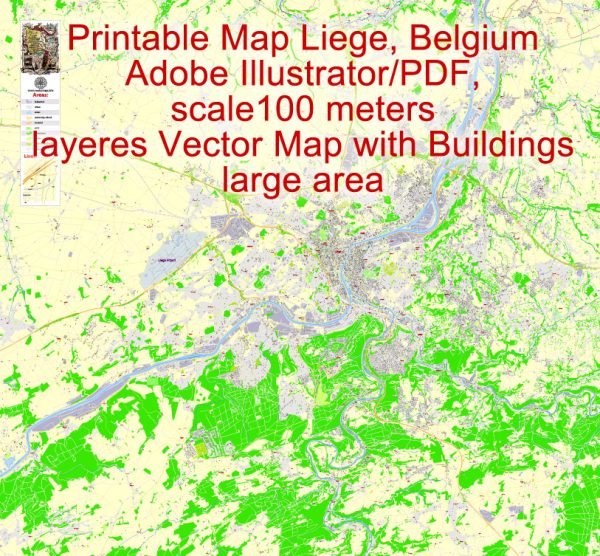
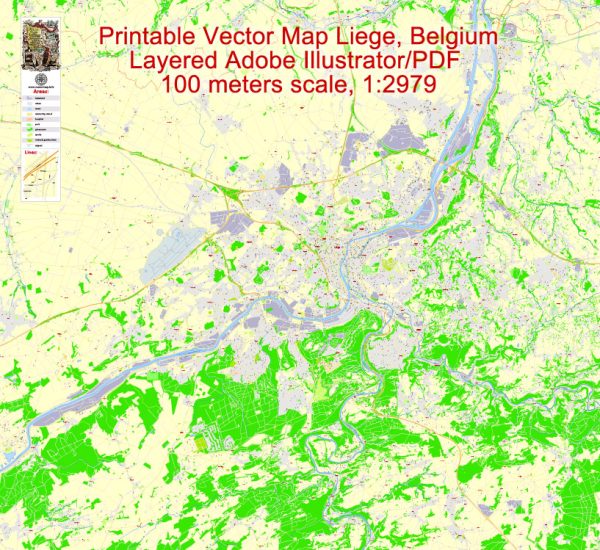
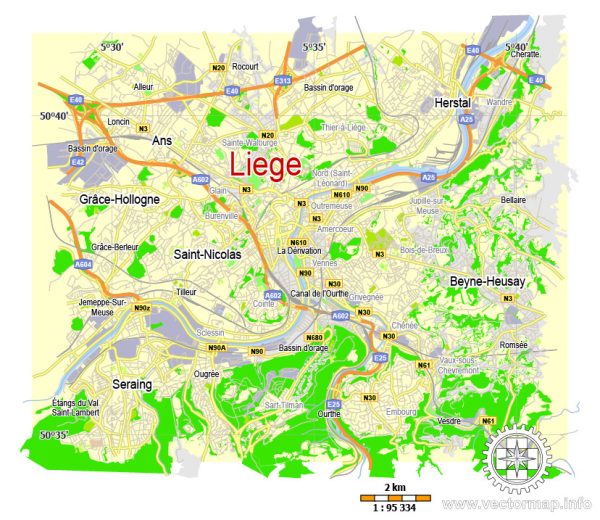
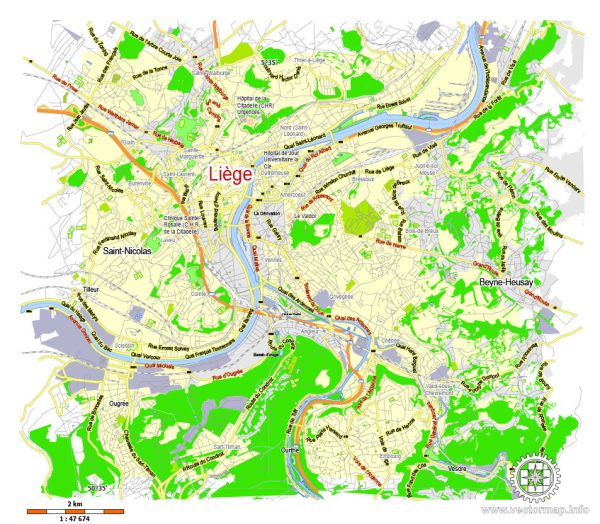
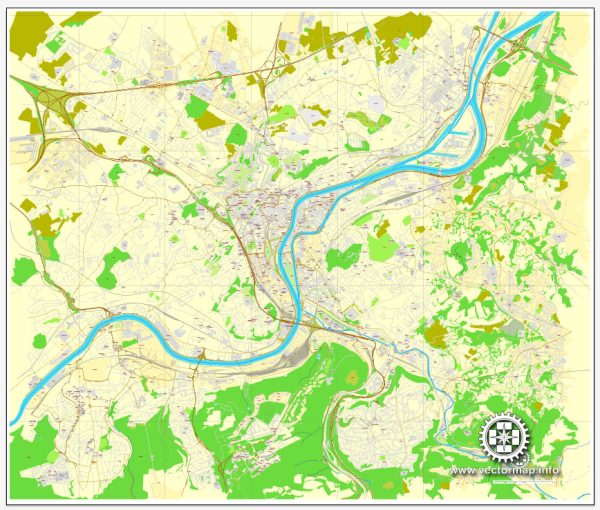
 Author: Kirill Shrayber, Ph.D.
Author: Kirill Shrayber, Ph.D.